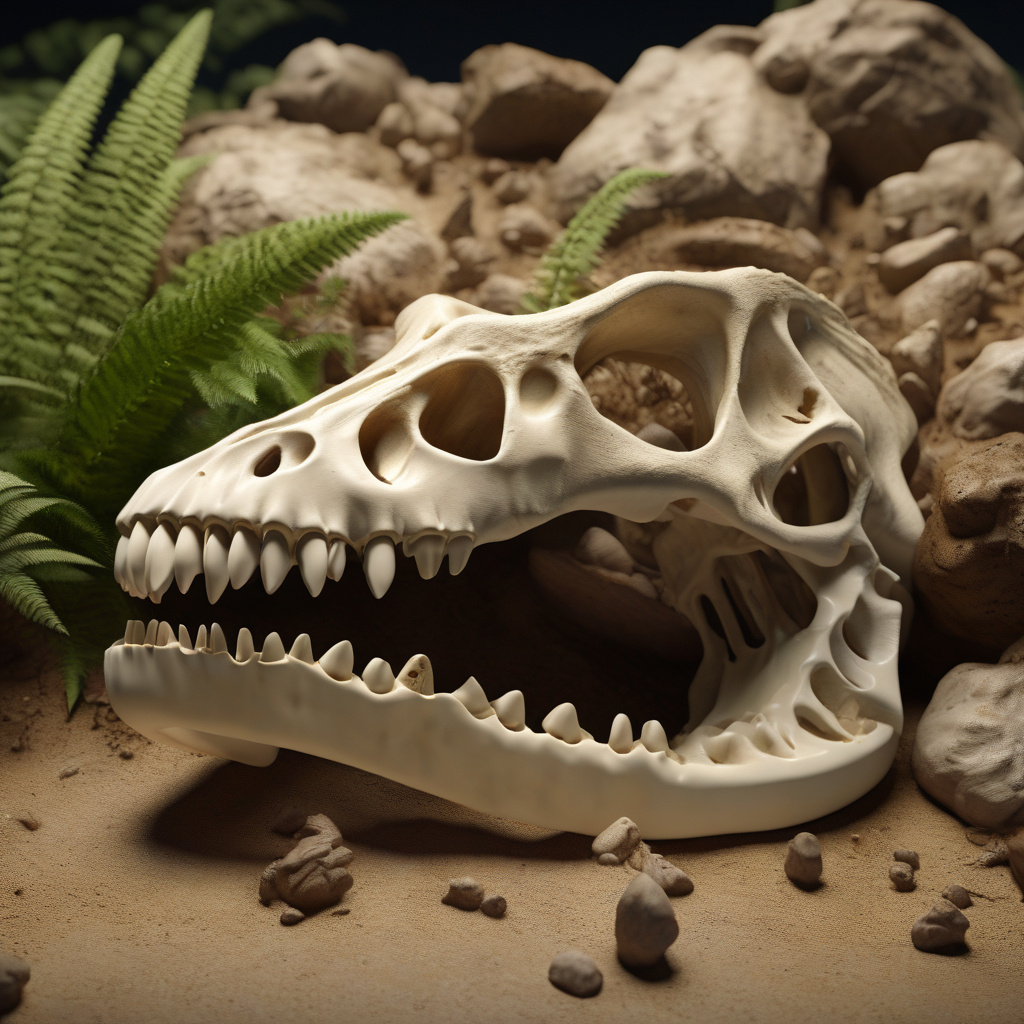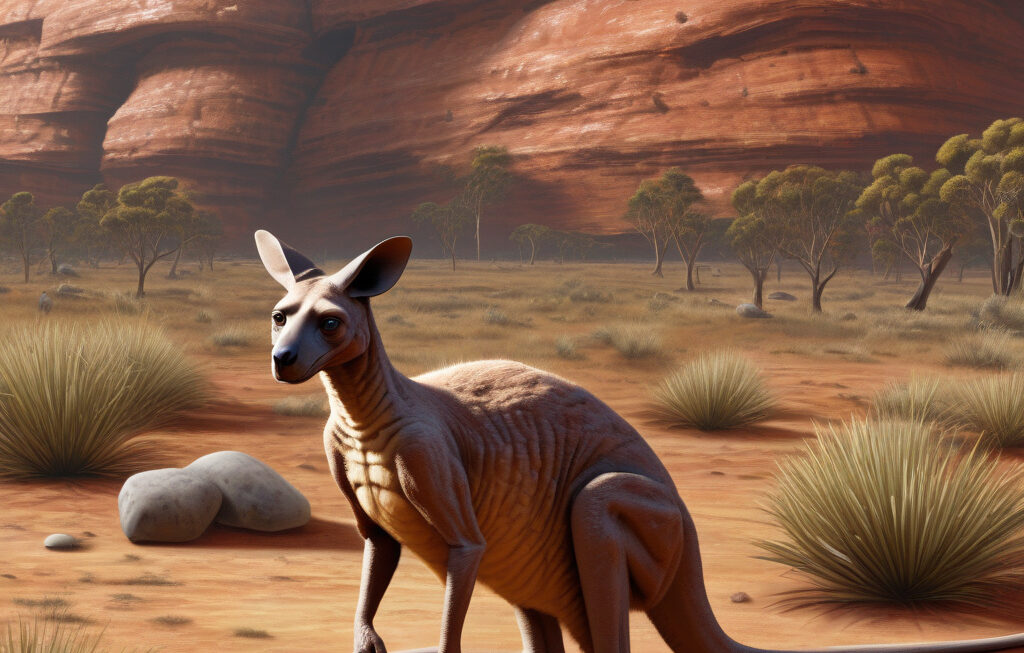Jurassic-era Jawbone Reveals New Rodent-Like Mammal Species with Rare Tooth Traits
For nearly a century, the story of early mammals has been pieced together from fragmentary, sometimes elusive fossils. However, a recent discovery has shed new light on the evolution of mammals during the Jurassic period. A team of paleontologists unearthed a remarkably well-preserved jawbone in the countryside of Scotland, dating back over 145 million years. This extraordinary find has led to the identification of a previously unknown species of mammal, resembling a rodent but with unique dental characteristics that set it apart from any other known creature of its time.
The newly discovered mammal, named Scotodon fergusi after the location of its discovery and one of the researchers involved in the study, has provided researchers with valuable insights into the diversification of mammals during the Jurassic era. Analysis of the jawbone revealed a set of teeth unlike those of any other mammal species from the same period. The most striking feature of Scotodon fergusi is its unusually large, flat molars, which suggest a specialized diet that likely consisted of tough plant material or insects. This distinctive dental adaptation hints at a niche ecological role that this ancient mammal may have occupied within its prehistoric ecosystem.
The significance of this discovery extends beyond just the identification of a new mammal species. The rare tooth traits exhibited by Scotodon fergusi challenge existing theories about the evolutionary pathways of early mammals during the Jurassic period. The presence of such specialized dental adaptations in a rodent-like mammal from this era suggests a level of diversity and ecological specialization among ancient mammals that was previously underestimated. This finding underscores the importance of continued exploration and analysis of fossil evidence to unravel the complexities of mammalian evolution over millions of years.
Moreover, the discovery of Scotodon fergusi highlights the critical role that paleontological research plays in expanding our understanding of the natural world. By studying the remains of ancient organisms like this newly identified mammal, scientists can piece together the puzzle of life on Earth and gain insights into the processes that have shaped biodiversity over geological time scales. Each new fossil discovery adds a piece to the ever-evolving narrative of life’s history, enriching our knowledge of the vast array of species that have inhabited our planet throughout its long and dynamic history.
In conclusion, the unearthing of Scotodon fergusi and its unique dental features represents a significant contribution to the field of paleontology and our knowledge of mammalian evolution. This discovery serves as a reminder of the rich diversity of life that has existed on Earth since ancient times, waiting to be uncovered through the meticulous work of scientists dedicated to unraveling the mysteries of the past.
paleontology, mammalianevolution, fossildiscovery, Scotodonfergusi, Jurassicera












